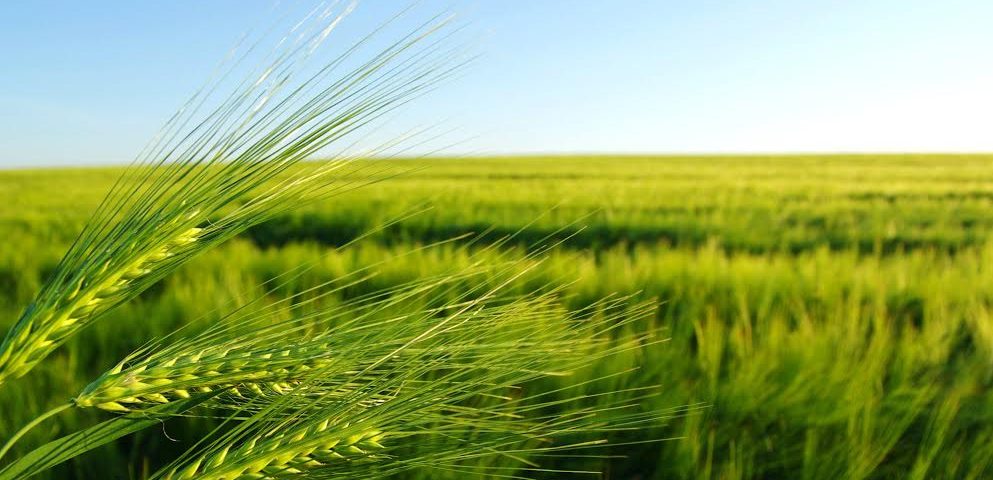New photosynthesis process discovered in Wheat can improve yield by 30%

Agri-bots to meet challenges in agriculture
October 13, 2016
Micro-farming: A decentralized approach to improving food security
October 13, 2016AgriNation Network
In a research published in Scientific Reports, Professors Parimalan Rangan, Agnelo Furtado & Robert J Henry has established that photosynthesis occurs in wheat seeds as well as in plant leaves. This new photosynthesis discovery at The University of Queensland may help breed faster-growing wheat crops that are better adapted to hotter, drier climates.
Wheat is a major food crop critical to global food security. The current increase in wheat production of around 1% per year is not keeping pace with the rate of yield growth required to achieve the target of doubling crop production by 2050. Therefore, the ramifications of this discovery could be huge. It may lead to better, faster-growing, better-yielding wheat crops in geographical areas where wheat currently cannot be grown.
Professor Henry said that Brisbane researchers in 1960s also demonstrated that sugarcane and some other tropically adapted plants had evolved a different photosynthesis pathway than that seen in around 85 per cent of plants. “The classic photosynthesis pathway was known as C3, and plants with the alternative photosynthesizing chemistry came to be known as C4 plants. C4 plants capture carbon faster and have higher growth rates, particularly in subtropical and tropical environments,” Professor said.
The research characterised a previously unknown photosynthetic C4 pathway in the seeds of wheat – which is not a C4 plant. Like most plants, wheat photosynthesizes through its leaves, but we’ve discovered there is also photosynthesis in the seed. This has never been known before, yet the wheat seed is quite green when you peel it off and it is the last part of the plant to die. Professor Henry said photosynthesis – the process by which plants converted sunlight into energy for growth and produce oxygen – was arguably the most important biological process on earth. Wheat has the classic C3 photosynthetic pathway in its leaves; however C3 plants, which include rice, are less efficient in hotter, drier climates. The holy grail of plant science has long been to bioengineer the photosynthetic pathways in C3 and C4 plants to grow larger, more productive crops that are better adapted to climate change and boost food security. Plants with the C4 pathway are known to contribute 25% of total photosynthesis although they represent just 3% of species10. Converting C3 crops to C4 provides the possibility of improving yield by 30% through improved water and nitrogen use efficiency.
“Eventually we discovered wheat does have all these C4 genes in different places, on different chromosomes. It’s never been known in wheat. Wheat had been cultivated for 10,000 years and it had always been a C3 plant. Wheat’s photosynthetic pathway evolved 100 million years ago when atmospheric carbon dioxide levels were up to 10 times higher than they are today. One theory is that as carbon dioxide began to decline, the plant’s seeds evolved a C4 pathway to capture more sunlight to convert to energy. The population of the world’s tropical regions will soon exceed that of the rest of the world, and this discovery may be important in growing food to meet future demand. We were looking at the genes in wheat seeds and all the computer systems kept coming back with these C4 genes, which we thought must be wrong because wheat is not a C4 plant,” Professor Henry said.
(Research Paper of Parimalan Rangan, Agnelo Furtado & Robert J Henry of Queensland Alliance for Agriculture and Food Innovation, published in Science Reports and Website of University of Queensland)
———————-


